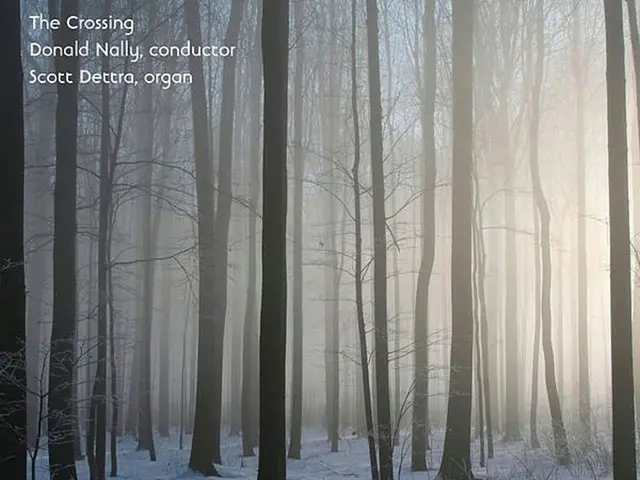Demonstration once more at TU Darmstadt against the Hessian Higher Education Agreement
Higher Education Pact in Hesse: Stable Funding and Strategic Growth for Universities
The Higher Education Pact in Hesse, a funding agreement signed in July 2025 between the state government and its 14 state universities, aims to provide financial and planning security amid economic challenges. The pact allocates a total budget of approximately 2.29 billion euros in 2026, covering personnel, materials, maintenance, and other operational costs.
Key Details of the Pact
The pact consolidates numerous funding lines into a single flexible lump sum, reducing bureaucracy and giving universities more autonomy in budget use. About 18.1% of funds are allocated based on performance metrics such as student enrollment, timely graduations, doctoral candidates, and research successes. This performance-oriented funding aims to reward high-performing universities more generously.
Integrated funding includes allocations for AI and digital projects and introduces a new "STEP" funding line to support strategic structural development and university profiling. From 2028 onward, at least 37.5 million euros yearly will cover staff salary tariff increases, with additional funds if increases exceed 4%, preventing structural deficits at universities. The pact also guarantees a binding transitional arrangement from previous agreements to improve budget predictability and reduce micromanagement.
University Reactions and Impact
While the pact was signed after prolonged negotiations and protests, university leaders, such as the president of Fulda University of Applied Sciences, acknowledged the budgetary constraints but appreciated the improved planning security, which reduces financial risks for the institutions.
For TU Darmstadt, a leading technical university in Hesse with strong engineering and information systems programs, the pact's increased performance-based funding and support for digital and strategic development are significant. Given the recent decline in enrollment in some strategic fields nationwide, including electrical engineering and information systems, this new funding model could encourage the university to strengthen these areas through enhanced research and educational offerings.
Concerns and Future Viability
Despite the positive aspects of the Higher Education Pact, the state government's planned cuts of around 1 billion euros for this period have caused concerns about the future viability of Hessian universities. GEW, ver.di, and AStA fear significant restrictions in research and teaching, as well as job cuts at universities due to the proposed cuts.
Protests against the planned Higher Education Pact were held at TU Darmstadt, University of Kassel, University of Marburg, and Goethe University in Frankfurt. However, the state government argues that the pact provides a necessary framework for managing the financial challenges faced by the education sector.
The "La Mina" case, involving questions about whether the city awarded contracts to an advertising agency under the table, adds to the controversy surrounding the state government's financial management. An SPD inquiry did not conclusively clarify whether the city acted correctly in awarding contracts in the "La Mina" case.
In conclusion, the Higher Education Pact 2026-2031 provides Hesse’s universities—including TU Darmstadt—with stable and more flexible funding, performance incentives, and greater autonomy while ensuring protection against salary cost increases. Although financial constraints remain a concern, the pact is broadly viewed as a positive step toward strategic strengthening and financial planning security for Hessian universities.
[1] Higher Education Pact in Hesse, 2026-2031: Key Details and Implications. (2025). Retrieved from www.hessen.de/hochschulpakt
[2] The Higher Education Pact in Hesse: A New Era for Universities. (2025). Retrieved from www.tu-darmstadt.de/hochschulpakt
[3] The Higher Education Pact in Hesse: A Balancing Act between Budget Constraints and Strategic Growth. (2025). Retrieved from www.uni-kassel.de/hochschulpakt
[4] German Rectors’ Conference 2025: Declining Enrollment in Strategic Fields. (2025). Retrieved from www.hrk-online.de/enrollments
- The Higher Education Pact in Hesse, signed in 2025, will provide funding for general news topics such as performance-based budgeting, AI and digital projects, and strategic structural development, which falls under the category of 'education-and-self-development'.
- Despite the stability offered by the Higher Education Pact, ongoing political debates surrounding budget cuts, as in the "La Mina" case, could lead to concerns about current funding and the future viability of the education sector, which belongs to the 'politics' category.




